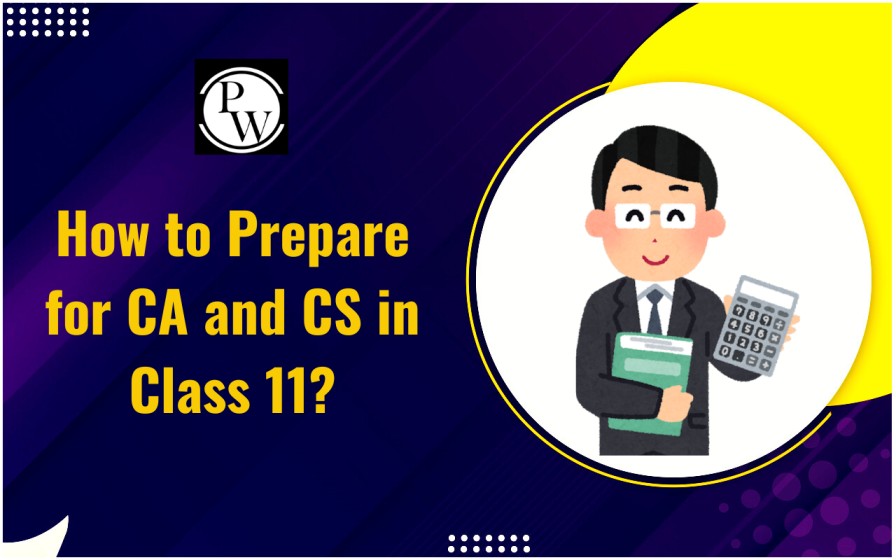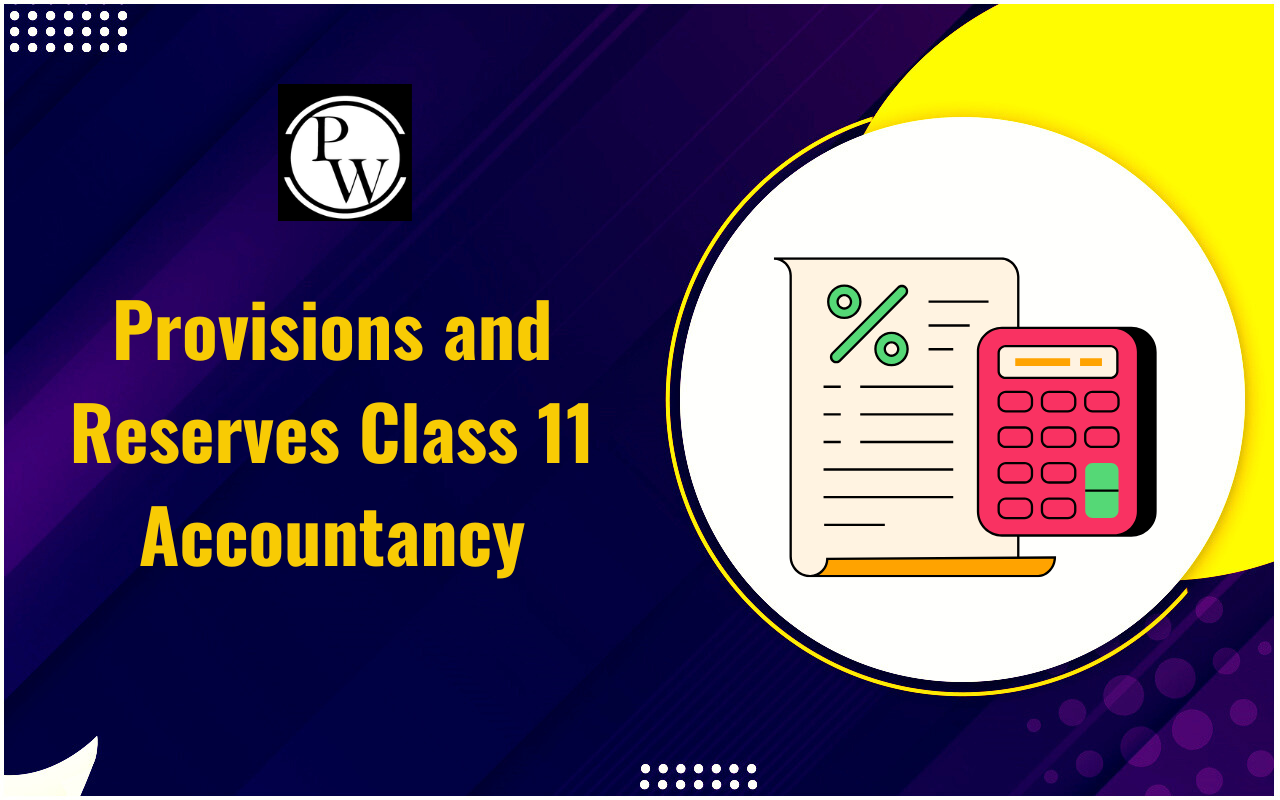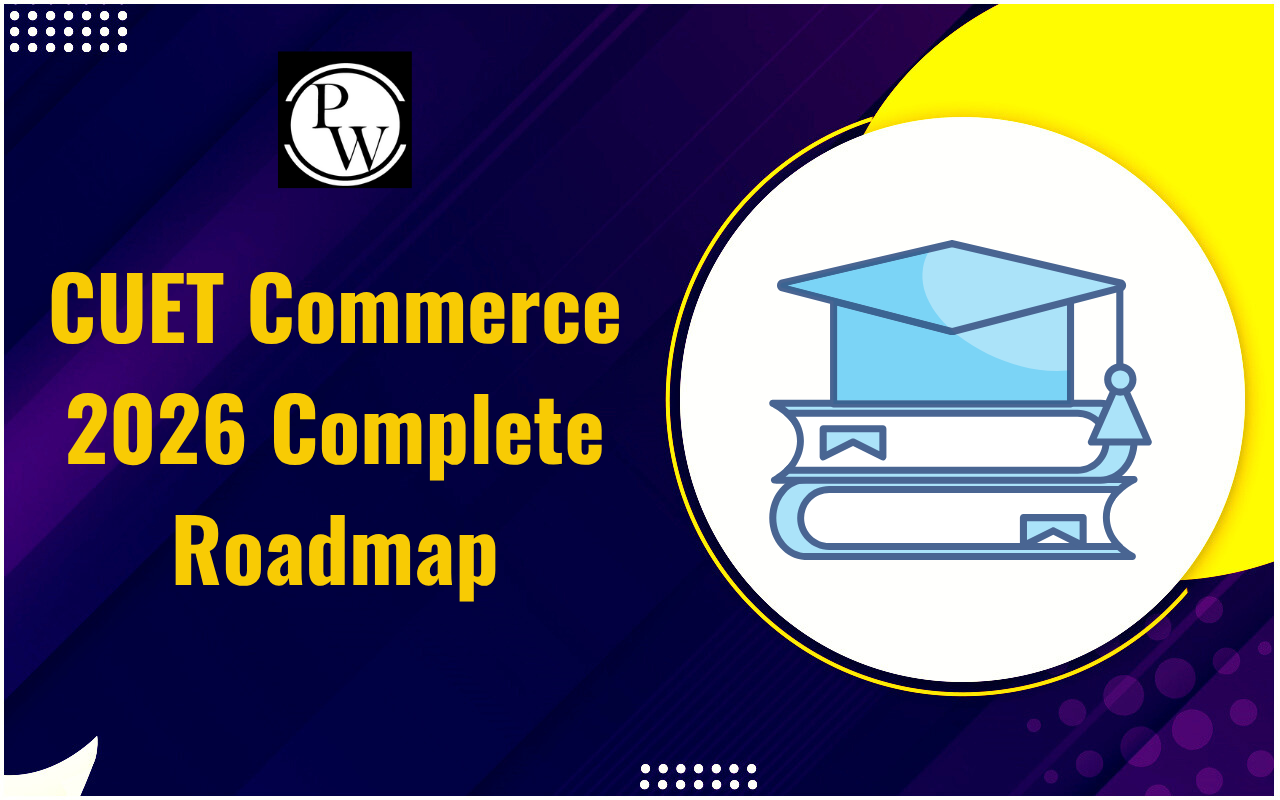

Sales and marketing are two key functions in every business that work closely to help the company grow. While both aim to boost revenue, they serve different purposes.
Marketing is all about promoting products or services, building brand awareness, and understanding customer needs through strategies like social media campaigns, advertising, and market research. On the other hand, sales focus on directly engaging with customers, guiding them to make purchasing decisions, and closing deals. Here, we will explore the Difference between Sales and Marketing, providing clear examples to help Commerce students understand these two essential business activities.What Is Sales?
Sales is the process of selling goods or services in exchange for money. It involves several important steps to persuade customers to make a purchase. The sales process usually begins with identifying potential customers, understanding their needs, presenting products or services that fulfil those needs, and finally closing the deal to complete the transaction. Sales can happen in many ways, such as in-person meetings, online transactions, or phone calls. A successful sales strategy focuses on building strong relationships with customers, providing excellent service, and following up to ensure they are satisfied. The main goal of sales is not just to make one sale but to create long-term relationships that encourage repeat business and customer loyalty.Key Aspects of Sales
Sales are crucial for generating revenue and supporting business growth. Here we've mentioned some of the key aspects of sales:- Customer Engagement: Interacting with customers to learn about their needs and preferences.
- Product Presentation: Highlighting the benefits and features of a product or service to show its value.
- Negotiation: Discuss the terms of the sale to come to a mutual agreement.
- Closing the Sale: Finalizing the transaction and encouraging the customer to complete their purchase.
- Follow-Up: Staying in touch with customers after the sale to ensure satisfaction and promote future purchases.
Examples of Sales
Here, commerce students can find some of the top examples of sales for a better understanding of this business studies concept:- Retail Sales: A salesperson in a clothing store assists customers in finding outfits, provides information about sizes, and helps finalize the purchase at the checkout.
- Real Estate Sales: A real estate agent shows properties to potential buyers, highlighting features and answering questions to facilitate the sale of a house or apartment.
- Online Sales: E-commerce platforms like Amazon use online listings, customer reviews, and promotions to drive sales. A customer may purchase a book after reading its description and seeing positive reviews.
- B2B Sales: A software company may have sales representatives who reach out to businesses, demonstrate the software’s capabilities, and negotiate contracts for bulk purchases.
- Subscription Services: A fitness app offers a free trial period to attract users. After experiencing the app's features, customers may choose to subscribe for continued access to workouts and meal plans.
Also Read: Intermediate Goods
What Is Marketing?
Marketing is the process of promoting and selling products or services to customers. It involves understanding what customers need and want, creating awareness about products, and establishing a strong presence in the market. Marketing activities are designed to reach potential customers and encourage them to make a purchase.Key Components of Marketing
Marketing is essential for engaging customers and driving sales, which helps businesses grow and succeed. Here l, check some of the components of marketing:- Market Research: This involves gathering information about customers' preferences and behaviours. It helps businesses understand what their target audience wants so they can create better products and marketing strategies.
- Advertising: This includes creating campaigns to promote products or services through various channels, such as TV, radio, social media, and print. Advertising increases visibility and attracts potential buyers.
- Branding: This is about creating a unique identity for a product or company, making it stand out from competitors. Branding includes elements like logos, slogans, and consistent messaging.
- Public Relations: This involves managing a company's image and building relationships with the public and media. Activities might include press releases, community events, and responding to customer inquiries.
- Digital Marketing: This focuses on reaching customers online through social media, email, and search engines. Techniques include search engine optimization (SEO), content marketing, and social media advertising.
Also Read: Functions Of Marketing
Examples of Marketing
Commerce students can find here details on examples of marketing:- Advertising: A company may run television commercials or online ads to promote its new smartphone, highlighting its features and benefits to encourage viewers to buy.
- Social Media Marketing: A restaurant uses platforms like Instagram and Facebook to share enticing photos of its dishes, engage with customers through comments, and promote special offers to attract more diners.
- Content Marketing: A skincare brand creates informative blog posts and videos about skincare routines and the benefits of its products, helping potential customers learn and build trust in the brand.
- Email Marketing: An online bookstore sends newsletters to subscribers featuring new book releases, discounts, and personalized recommendations based on previous purchases to encourage repeat business.
- Surveys and Feedback: A smartphone company conducts surveys to gather customer feedback about their devices. This information helps them understand what features are most important to users, guiding future product development.
Also Read: Marketing Management
Difference Between Sales and Marketing
Sales and marketing serve different roles in business. Sales focus on directly closing deals, while marketing attracts potential customers and builds awareness. Understanding the differences between sales and marketing is crucial for achieving business success. Here, check the table below highlighting the key differences of Sales and Marketing:| Difference Between Sales and Marketing | ||
| Aspect | Sales | Marketing |
| Definition | Directly selling products or services to customers. | Promoting products or services to create awareness and attract customers. |
| Focus | Closing deals and generating revenue. | Building brand awareness and customer engagement. |
| Goal | Short-term: Convert leads into buyers. | Long-term: Influence customer decisions and loyalty. |
| Activities | Direct interactions, negotiations, and closing sales. | Advertising, market research, and promotional campaigns. |
| Target Audience | Individuals or businesses ready to buy. | Broader potential audience to generate interest. |
| Strategy | Push strategy: Selling to the customer directly. | Pull strategy: Attracting customers through marketing efforts. |
| Metrics of Success | Sales volume, revenue, and conversion rates. | Brand recognition, lead generation, and customer engagement. |
| Timeframe | Short-term focus on immediate sales. | Long-term focus on sustained growth and loyalty. |
| Approach | Product-oriented: Selling what the company offers. | Customer-oriented: Understanding and meeting customer needs. |
| Skills Required | Strong communication and persuasion skills. | Analytical and creative thinking skills. |
Also Check: Difference Between Marketing and Branding
Therefore, sales focus on closing deals, while marketing builds awareness and attracts potential customers. Both are essential for business growth, working together to drive revenue. The takeaway is that marketing creates demand, and sales convert it into revenue. Aligning both functions ensures business success. At Physics Wallah (PW), we provide the best coaching for Commerce students, helping them excel in subjects like Accountancy, Economics, and Business Studies. With expert guidance, PW ensures students are well-prepared for their academic and career goals. Sign up for the PW Commerce Online Course today and start your journey toward academic excellence with the best coaching for Commerce students!Sales and Marketing FAQs
What is the main difference between Sales and Marketing?
The main difference is that sales focus on selling products directly to customers, while marketing aims to create interest and awareness about those products to attract potential buyers.
What is an example of Sales and Marketing?
An example of sales is a salesperson talking directly to a customer to sell a car. An example of marketing is a company running ads on social media to promote the car and attract customers.
What is the main aim of marketing?
The main aim of marketing is to understand customer needs and preferences, create brand awareness, and generate interest in products or services, ultimately leading to more sales and customer loyalty.
Which is bigger, sales or marketing?
Marketing is generally bigger than sales because it involves a broader scope of activities. The marketing team works to identify target audiences, create brand awareness, and attract new leads, reaching more potential customers overall.
How do Sales and Marketing work together?
Sales and marketing work together by aligning their strategies to achieve common goals. Marketing generates leads and creates brand awareness, while sales focus on converting those leads into customers, ensuring a smooth transition from interest to purchase.
Talk to a counsellorHave doubts? Our support team will be happy to assist you!

Free Learning Resources
PW Books
Notes (Class 10-12)
PW Study Materials
Notes (Class 6-9)
Ncert Solutions
Govt Exams
Class 6th to 12th Online Courses
Govt Job Exams Courses
UPSC Coaching
Defence Exam Coaching
Gate Exam Coaching
Other Exams
Know about Physics Wallah
Physics Wallah is an Indian edtech platform that provides accessible & comprehensive learning experiences to students from Class 6th to postgraduate level. We also provide extensive NCERT solutions, sample paper, NEET, JEE Mains, BITSAT previous year papers & more such resources to students. Physics Wallah also caters to over 3.5 million registered students and over 78 lakh+ Youtube subscribers with 4.8 rating on its app.
We Stand Out because
We provide students with intensive courses with India’s qualified & experienced faculties & mentors. PW strives to make the learning experience comprehensive and accessible for students of all sections of society. We believe in empowering every single student who couldn't dream of a good career in engineering and medical field earlier.
Our Key Focus Areas
Physics Wallah's main focus is to make the learning experience as economical as possible for all students. With our affordable courses like Lakshya, Udaan and Arjuna and many others, we have been able to provide a platform for lakhs of aspirants. From providing Chemistry, Maths, Physics formula to giving e-books of eminent authors like RD Sharma, RS Aggarwal and Lakhmir Singh, PW focuses on every single student's need for preparation.
What Makes Us Different
Physics Wallah strives to develop a comprehensive pedagogical structure for students, where they get a state-of-the-art learning experience with study material and resources. Apart from catering students preparing for JEE Mains and NEET, PW also provides study material for each state board like Uttar Pradesh, Bihar, and others
Copyright © 2025 Physicswallah Limited All rights reserved.
Get App











